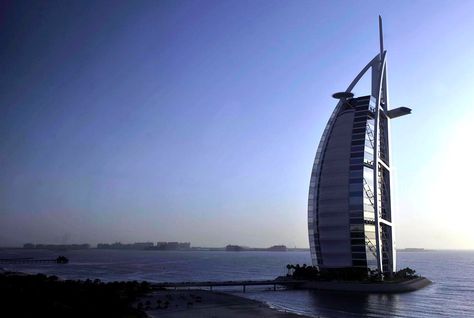International tourist arrivals in the Middle East are forecast to grow by 145% to 149 million by 2030, according to the UN's World Tourism Organisation.
Latest figures show that the Middle East's global market share will grow from six percent to eight percent in the same period.
This means the number of people visiting the Middle East each year will increase from 61 million in 2010 to 149 million in 2030, a 145% increase, the WTO said.

| Advertisement |
It added that there will also be increases in the global market shares of Asia, the Pacific and Africa but declines in the shares of Europe and the Americas, mostly due to the slower growth of North America.
The organisation said it total global tourist arrivals was forecast to reach 1.8 billion by 2030.
International tourism will continue to grow in the period 2010-2030, but at a more moderate pace than the past decades, with the number of international tourist arrivals worldwide increasing by an average 3.3 percent a year, it said in a statement.
As a result, an average 43m additional international tourists will join the tourism marketplace every year.
At the projected pace of growth, arrivals will pass the 1bn mark by 2012, up from 940 million in 2010.
By 2030, arrivals are expected to reach 1.8bn, meaning that in two decades’ time, 5m people will be crossing international borders for leisure, business or other purposes such as visiting friends and family every day.
“The next 20 years will be of continued growth for the sector – a more moderate, responsible and inclusive growth,” said UNWTO secretary-general, Taleb Rifai.
"This growth offers immense possibilities as these can also be years of leadership, with tourism leading economic growth, social progress and environmental sustainability," he said.
By 2015, emerging economies will receive more international tourist arrivals than advanced economies, and by 2030 their share is expected to reach 58%, the WTO said.
By 2030, North East Asia will be the most visited subregion in the world, representing 16% of total arrivals and taking over from Southern and Mediterranean Europe, with a 15% share in 2030.









 Search our database of more than 2,700 industry companies
Search our database of more than 2,700 industry companies









